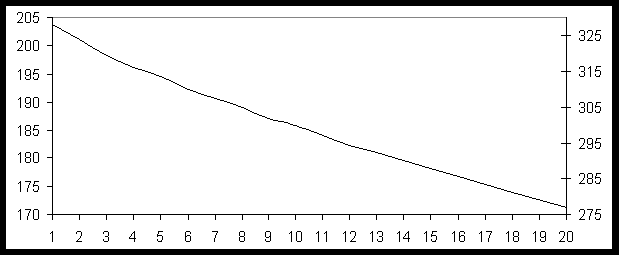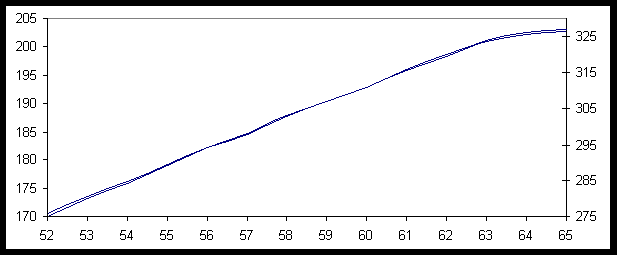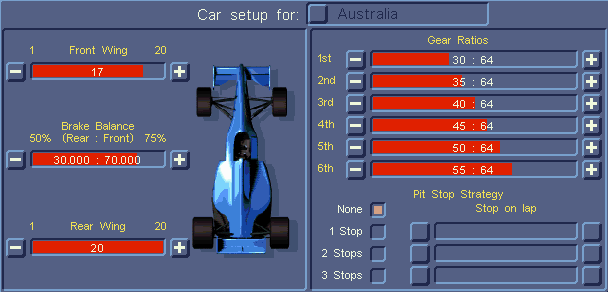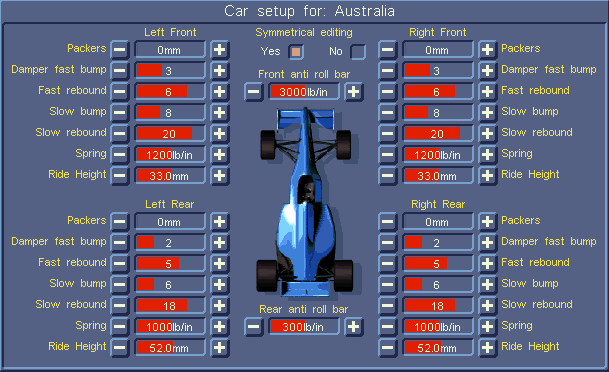Graph 2: Gear Size vs. Speed (left axis MPH, right axis KPH)
Similarly, for speed vs. gears, (with
minimum rear wing); take each top gear choice in turn (with first gear
around thirty and all other gears equispaced). As before, take note of
the maximum speed attained for each chosen top gear available (repeat each
test at least three times, to average your results).When you've collected
your data, plot the graphs. Alternatively, use mine. No graph will be ideal
or wholly accurate for all track conditions, but they are a very useful
guide to aid quick selection of appropriate and compatible wing and gear
settings.A point of interest: See how the end of the second graph tails
off? This is because of the lower torque available from higher gears (weak
acceleration). There comes a point when a higher gear wonít get you any
more speed - not for want of gear ratio, but simply because there isnít
enough engine torque to push faster against the aerodynamic drag from the
rear wing of the car. |



